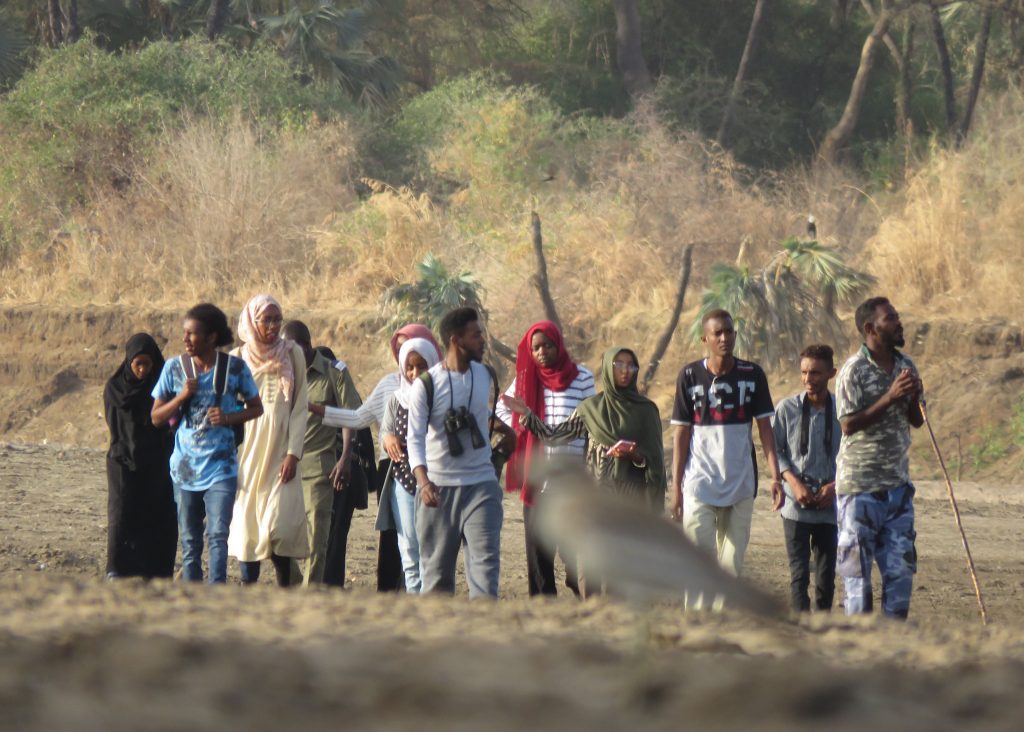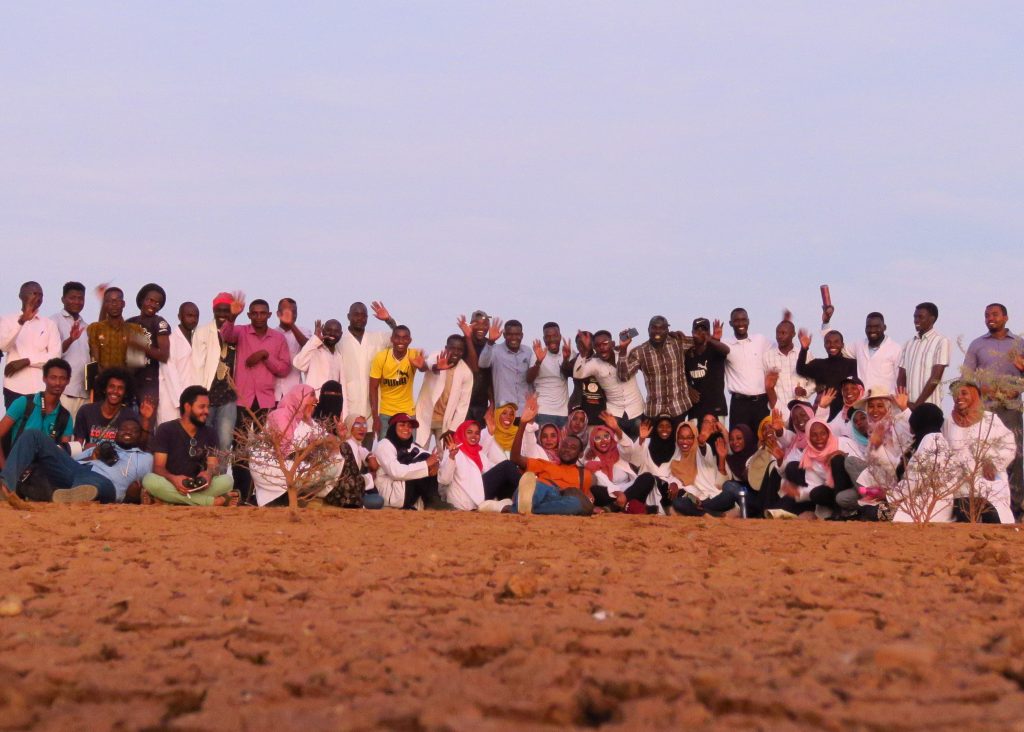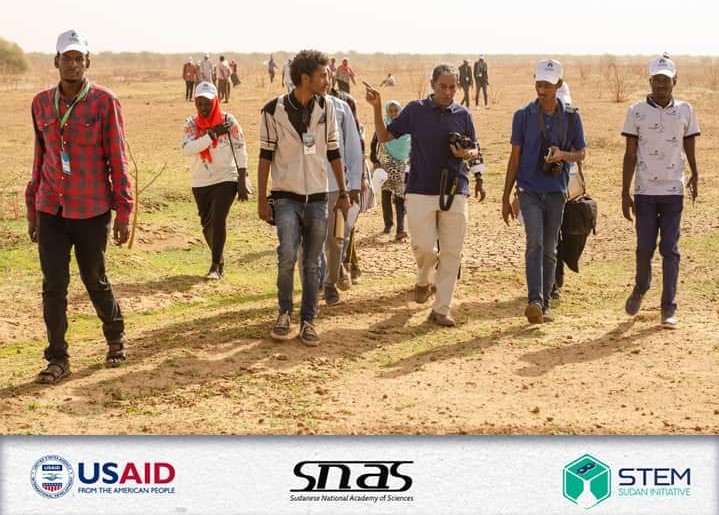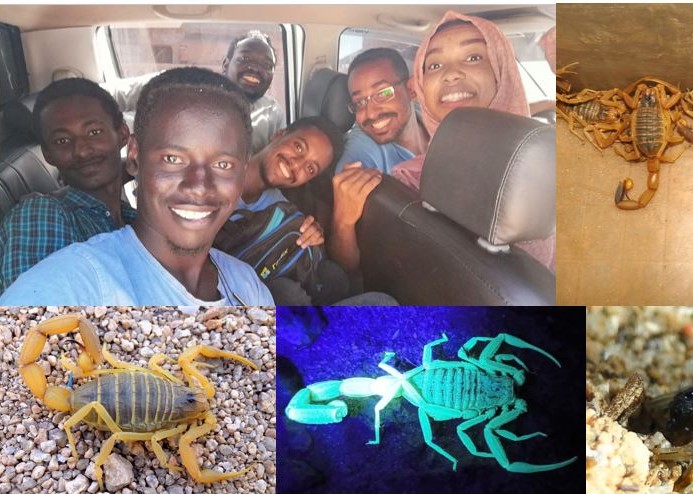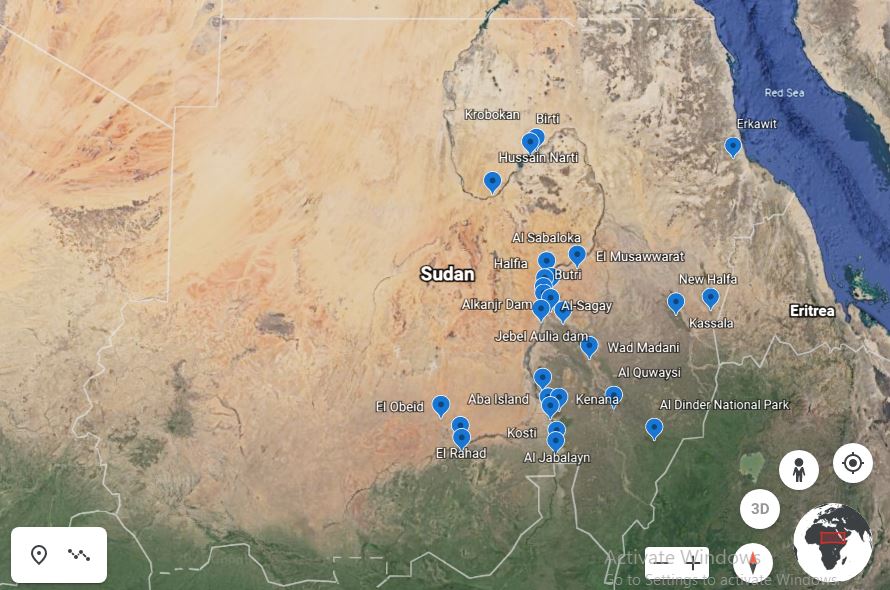Who We Are?
Our Mission
committed to protecting Sudan’s wildlife for our generation and future generations.
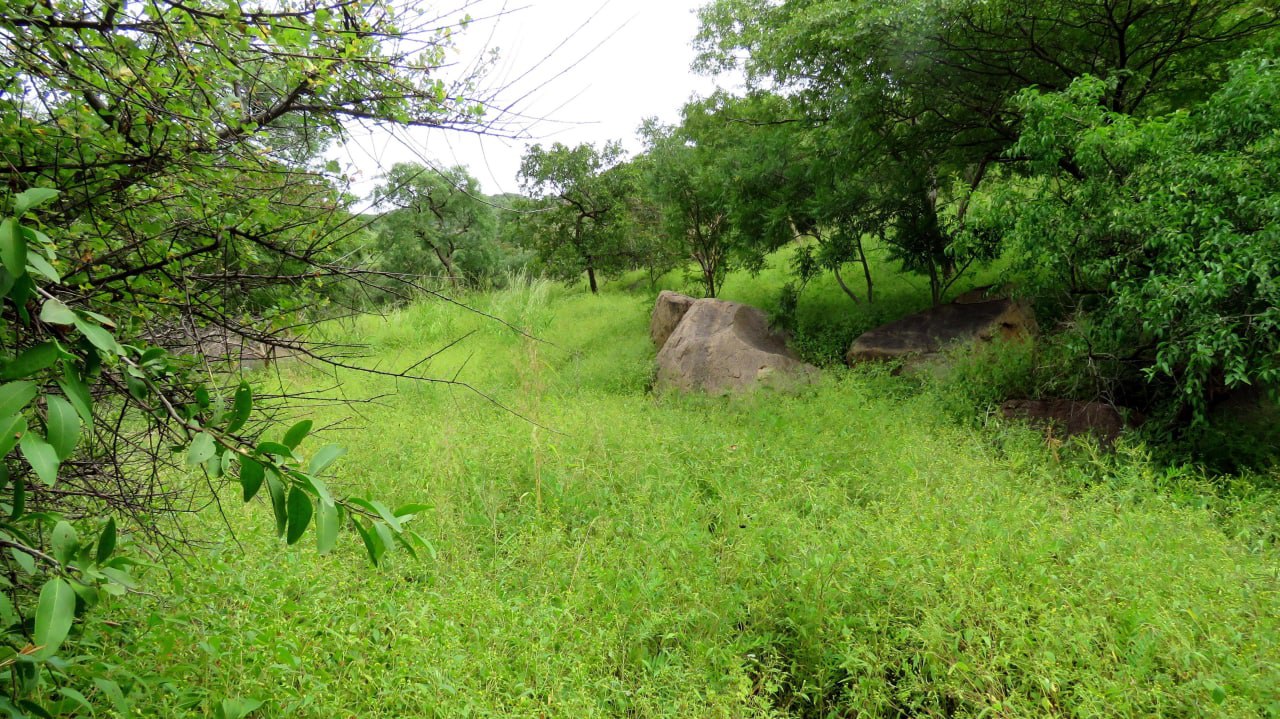
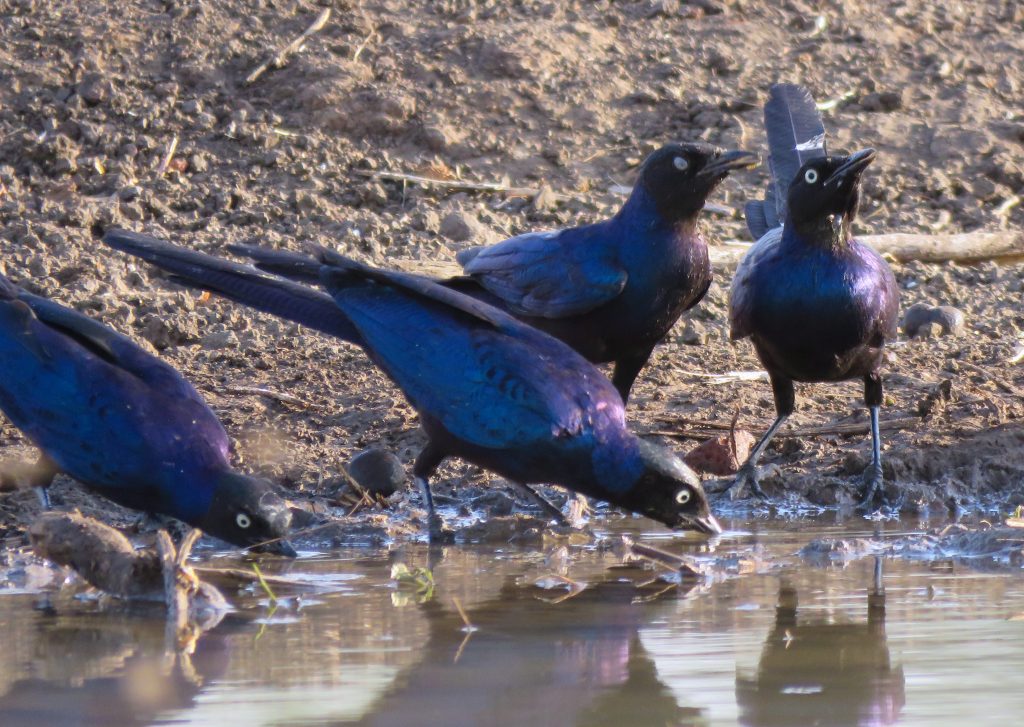
Extraordinary Experiences
Sudan Natural Guide (SNG) is a project that aims to create a documented wildlife guide for tourists and researchers both inside and outside Sudan in order to show the beauty and diversity of Sudan’s natural parks, reserves, and other places rich with wild animals. The documentation was started in 2014 by the individual efforts of Mohamed Salah, Almontasirbillah Abdalla, Babiker Isam, Khabab Omer, Entesar Salih, Mowafag Mohamed, Idress Albagir, Abdurhamnan Albagir, Anwar Eid, Muhammed Hidar, Khalid Awad, Mosab Mohammed, and Ali Jamal.
Since 2014, the SNG members have traveled around Sudan and documented animals and plants, raising community awareness about nature and sharing knowledge with institutions, research centers, and researchers both inside and outside Sudan to increase knowledge about Sudan’s nature, help conserve Sudan wildlife, and solve problems associated with nature (like venomous snakes and scorpions).
In order to improve the SNG, make our message and voice spread around the world, and inspire an interest in wildlife and nature, we developed this website with funding from the Goethe Institute-Sudan under the umbrella of the Next-Level Production Fund.
Our Core Values
- Documentation and collection of information about Sudan's wild animals and plants.
- Sharing knowledge and experience about Sudan wildlife with researchers, organizations, institutions, and other interested parties in Sudan nature conservation
- Raise community awareness about wildlife and get them involved in the protection of wild animals and plants.
- Inspire future generations to care about the environment and educate them on the diversity of animals and plants in Sudan.
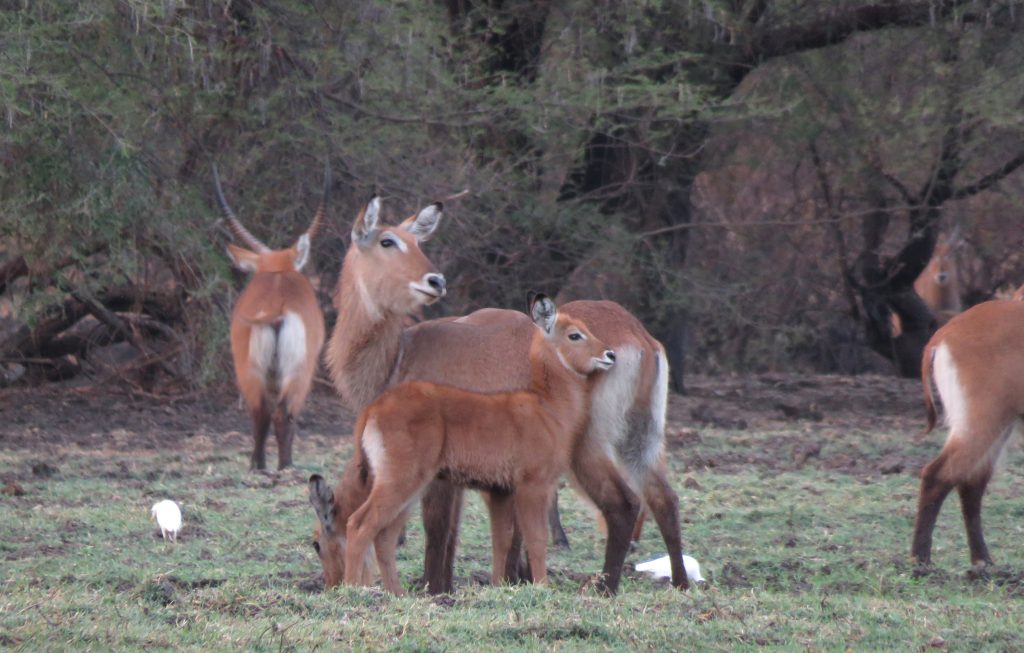
our discoveries
Added 12 new Odonata species to Sudan Checklist

Since 2017, our team has documented and photographed dragonflies and damselflies (Odonata) around Sudan. The last update to the Odonata species list was in 2020 by Schneider et al., which included 65 species. Our team’s update to the list increased the total number of dragonflies and damselflies found to 82, with 12 of them recorded for the first time by the SNG team.
The new species for Sudan are: Copera sikassoensis (Little Featherleg), Anax tristis, (black emperor), Paragomphus lacustris (Tanganyika Hooktail), Paragomphus sabicus (Flapper Hooktail), Diplacodes luminans (Barbet Percher), Hemistigma albipunctum (African Piedspot), Palpopleura deceptor (Deceptive Widow), Selysiothemis nigra (Black Pennant), Tholymis tillarga (Twister ), Rhyothemis semihyalina (Phantom Flutterer), Trithemis hecate (Silhouette Dropwing) and Urothemis assignata (Red Basker).
Frist Photo in the World of Tanganyika Hooktail
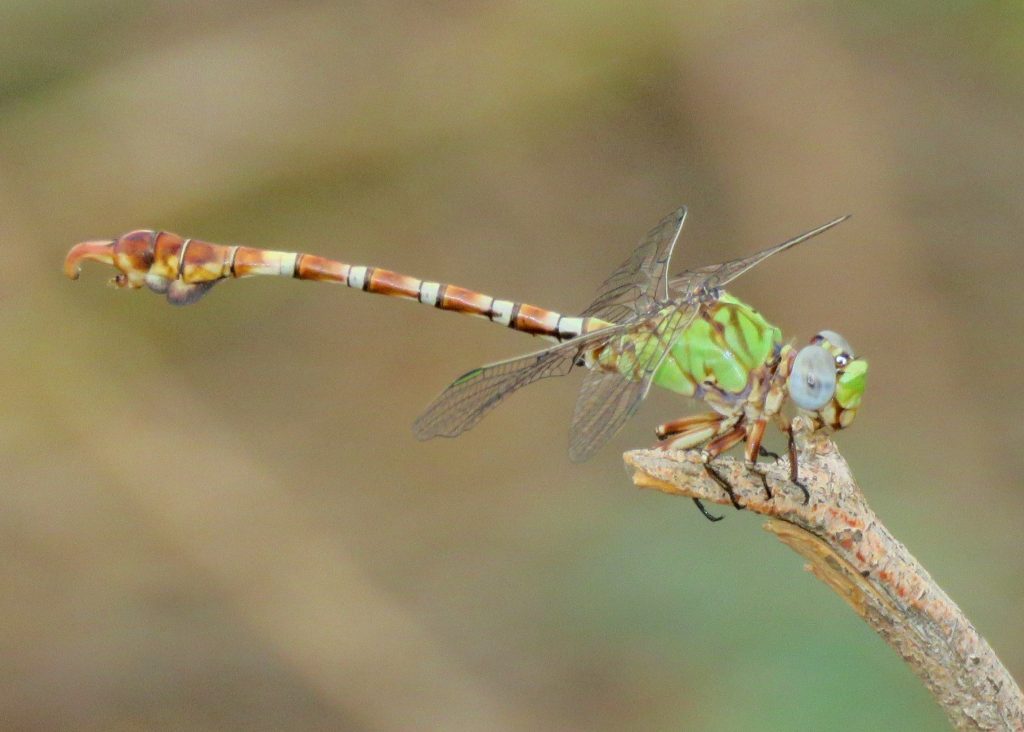
In 2019, SNG Team members achieved a groundbreaking feat by capturing the first photo in the world of the male of the lost species Paragomphus lacustris, also known as the Tanganika Hooktail, in Khartoum, Sudan! This significant achievement is particularly noteworthy as the species had not been photographed in the wild before. Prior to this documentation, knowledge of Paragomphus lacustris was limited to a few old records from Congo and Lake Tanganyika. It likely inhabits large lakes in open landscapes, often with sandy substrates. Some experts suggest that the Sudanese population may represent a new species to science that has not been described before.
First Photographic Documentation to Dwarf Hooktail
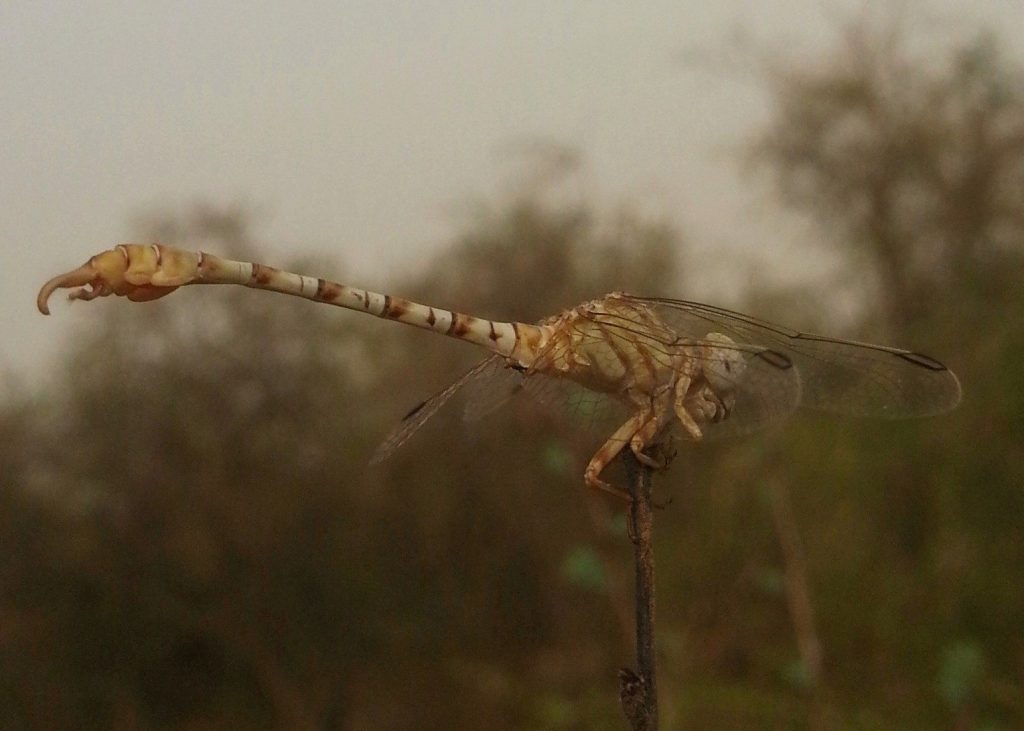
In 2017, we captured the first photographic documentation of Paragomphus pumilio, also known as the Dwarf Hooktail dragonfly. This species is restricted to the Nile River basin and is found exclusively in Sudan, South Sudan, Egypt, and Kenya.
Frist Record to Bush Pig from Dinder National Park and Sudan
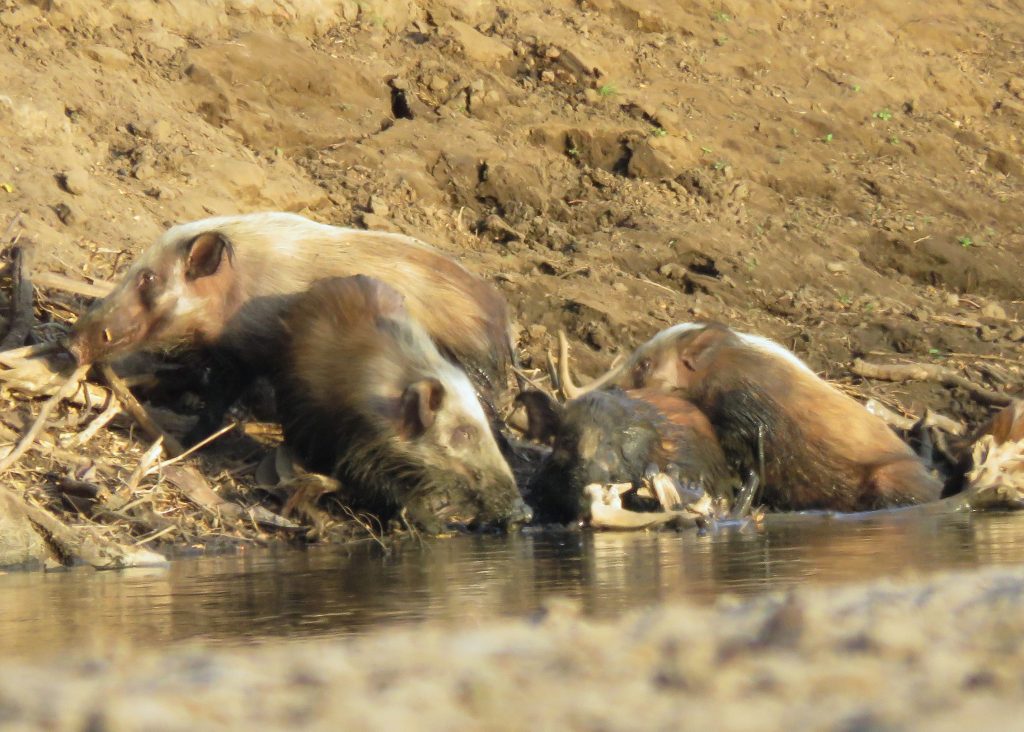
The Bushpig (Potamochoerus larvatus) – This photograph stands as the first documented evidence of this species in Dinder National Park and Sudan. A member of the SNG team captured this image in 2021 during a visit to the park. Despite numerous scientific publications about the park and Sudanese mammals, none have recorded the presence of the Bushpig within Dinder National Park or Sudan in general. Previous accounts had limited its presence to South Sudan. The only individual mentioning its existence in the park was Dr. Tajani Allam. This information was also confirmed by the park rangers. Bushpigs are known to inhabit a variety of environments, including dense woodlands, grasslands, and riverine areas.
Documented Unique and Endangered animals and Plants of Sudan heading
In the diverse ecosystems of Sudan, a tapestry of unique, rare, and endangered animals contributes to the rich biodiversity of this African nation. From the arid expanses of the Sahara to the lush habitats along the Nile, Sudan is home to a remarkable array of species facing various degrees of conservation concern. The SNG team is committed to protecting and conserving the animals and plants of Sudan. Since 2015, our team has traversed Sudan, documenting and recording these beautiful creatures to better understand their habitats, behaviors, and conservation needs. Through our efforts, we aim to contribute valuable insights to safeguard Sudan’s unique biodiversity for future generations.
Let's educate, explore, and protect our natural world together!
SNG Team is dedicated to empowering the next generation of wildlife enthusiasts. In collaborative fieldwork with students from various universities, we capture moments of discovery and learning amidst the beauty of nature. These engaging hands-on experiences not only provide valuable insights into our ecosystems but also foster a deep connection with wildlife, inspiring future conservation leaders.
